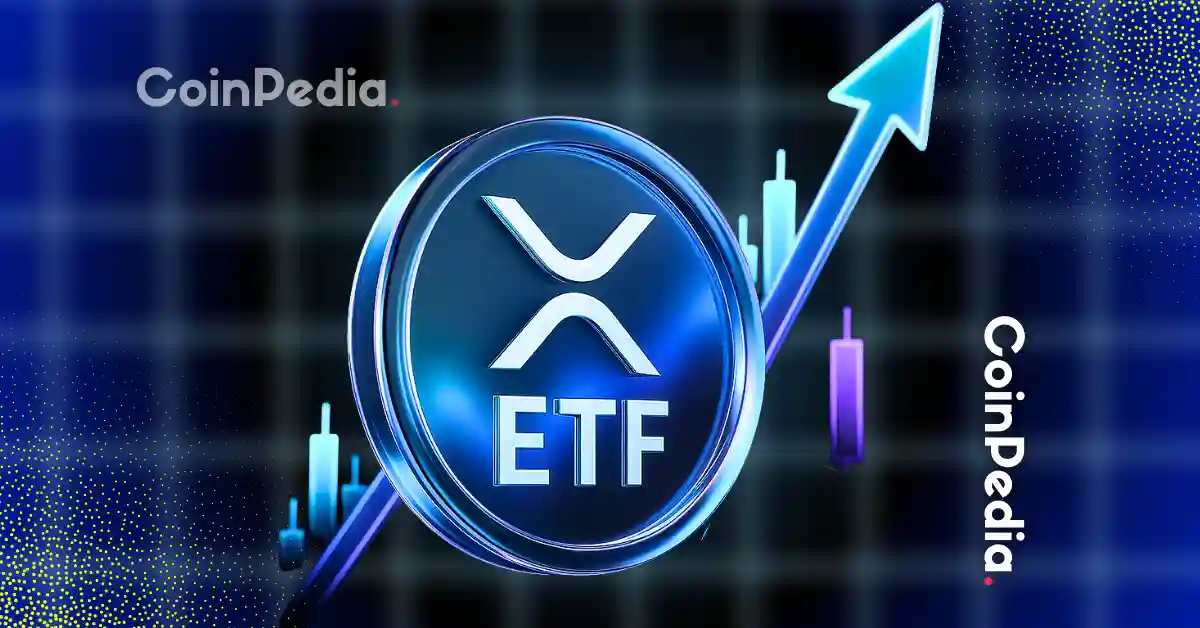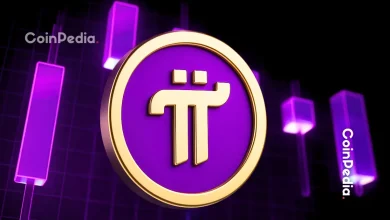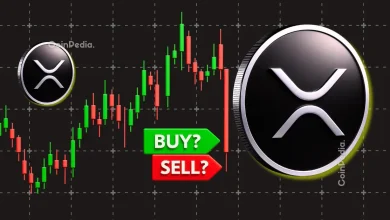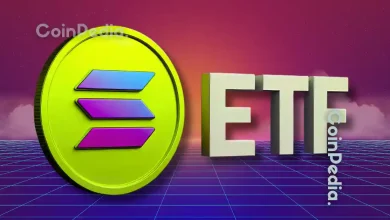
XRP ETFs could attract billions in institutional inflows, reducing Bitcoin’s dominance and broadening crypto adoption.
Direct XRP ownership offers control and utility, while ETFs provide regulated, custody-free exposure for traditional investors.
The race to bring an XRP exchange-traded fund (ETF) to market is nearing its final stage. Recent listings on the Depository Trust & Clearing Corporation (DTCC) suggest approval from the U.S. Securities and Exchange Commission (SEC) could come as early as October. If that happens, XRP could soon have one of the largest crypto ETFs in history, with inflows projected to reach $5 billion.
This raises a question for investors: is it better to hold XRP directly, or gain exposure through an ETF? Analysts Jake Claver and Paul Barron recently discussed this and here’s a breakdown:
Why an XRP ETF Matters
An ETF would open XRP to a new class of investors. Institutional funds, family offices, and high-net-worth individuals often avoid buying crypto directly due to custody risks, wallet management, and reporting hurdles. An ETF solves these problems by packaging XRP into a regulated, exchange-traded product.
With firms like Canary Capital leading filings, the arrival of XRP ETFs could shift liquidity. Analysts expect capital to rotate from Bitcoin and Ethereum ETFs into XRP, Solana, and Hedera once those products go live. This could reduce Bitcoin’s market dominance and concentrate flows into assets with ETF approval.
The Case for ETFs
For traditional investors, ETFs offer:
- Ease of access: No need to set up wallets or manage private keys.
- Integration: ETFs fit smoothly into existing portfolio and reporting systems.
- Custody and security: Institutions prefer regulated products with third-party custody.
The trade-off is cost. Most crypto ETFs charge fees near 1% annually, which acts like an insurance premium for custody and compliance.
The Case for Direct XRP
Owning XRP directly appeals to those comfortable with crypto. It eliminates management fees and gives holders full control over their tokens. Direct owners can also use XRP for transfers or within the Ripple ecosystem, something ETFs cannot provide.
The downside is responsibility. Losing private keys can mean losing funds permanently. For many investors, the learning curve and custody risk outweigh the benefits.
The launch of an XRP ETF will not erase the value of direct ownership. Instead, it will split the market between two groups: crypto-native investors who prefer self-custody, and institutions or investors who want exposure without complexity.
Never Miss a Beat in the Crypto World!
Stay ahead with breaking news, expert analysis, and real-time updates on the latest trends in Bitcoin, altcoins, DeFi, NFTs, and more.
FAQs
The SEC has final deadlines for multiple spot XRP ETF applications in October 2025, with a cluster of decisions expected between October 18 and October 25.
An XRP ETF provides a simple, regulated way for traditional investors, like institutions and family offices, to gain exposure to XRP without the complexities of direct crypto ownership.
The main trade-off is cost. ETFs typically charge an annual management fee, which is a small percentage of the total investment, unlike holding XRP directly.
Trust with CoinPedia:
CoinPedia has been delivering accurate and timely cryptocurrency and blockchain updates since 2017. All content is created by our expert panel of analysts and journalists, following strict Editorial Guidelines based on E-E-A-T (Experience, Expertise, Authoritativeness, Trustworthiness). Every article is fact-checked against reputable sources to ensure accuracy, transparency, and reliability. Our review policy guarantees unbiased evaluations when recommending exchanges, platforms, or tools. We strive to provide timely updates about everything crypto & blockchain, right from startups to industry majors.
Investment Disclaimer:
All opinions and insights shared represent the author's own views on current market conditions. Please do your own research before making investment decisions. Neither the writer nor the publication assumes responsibility for your financial choices.
Sponsored and Advertisements:
Sponsored content and affiliate links may appear on our site. Advertisements are marked clearly, and our editorial content remains entirely independent from our ad partners.







